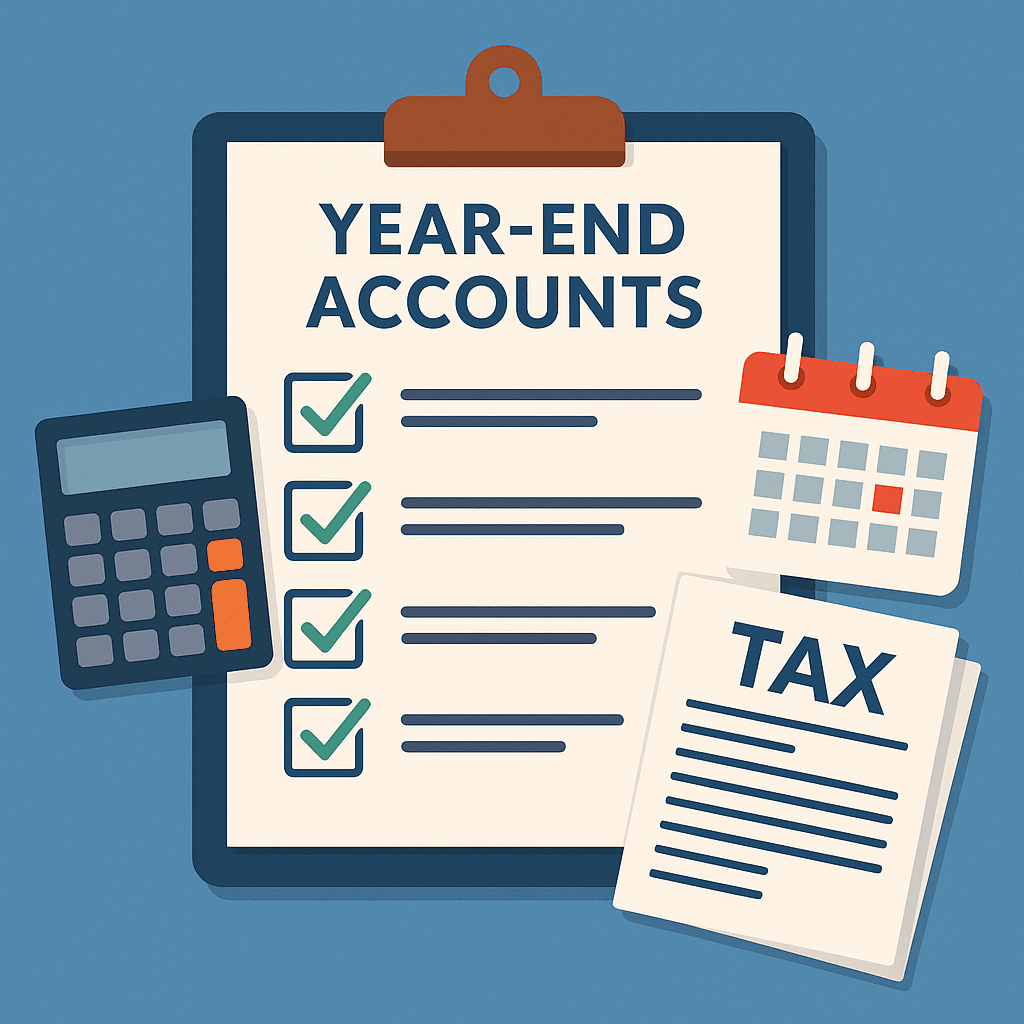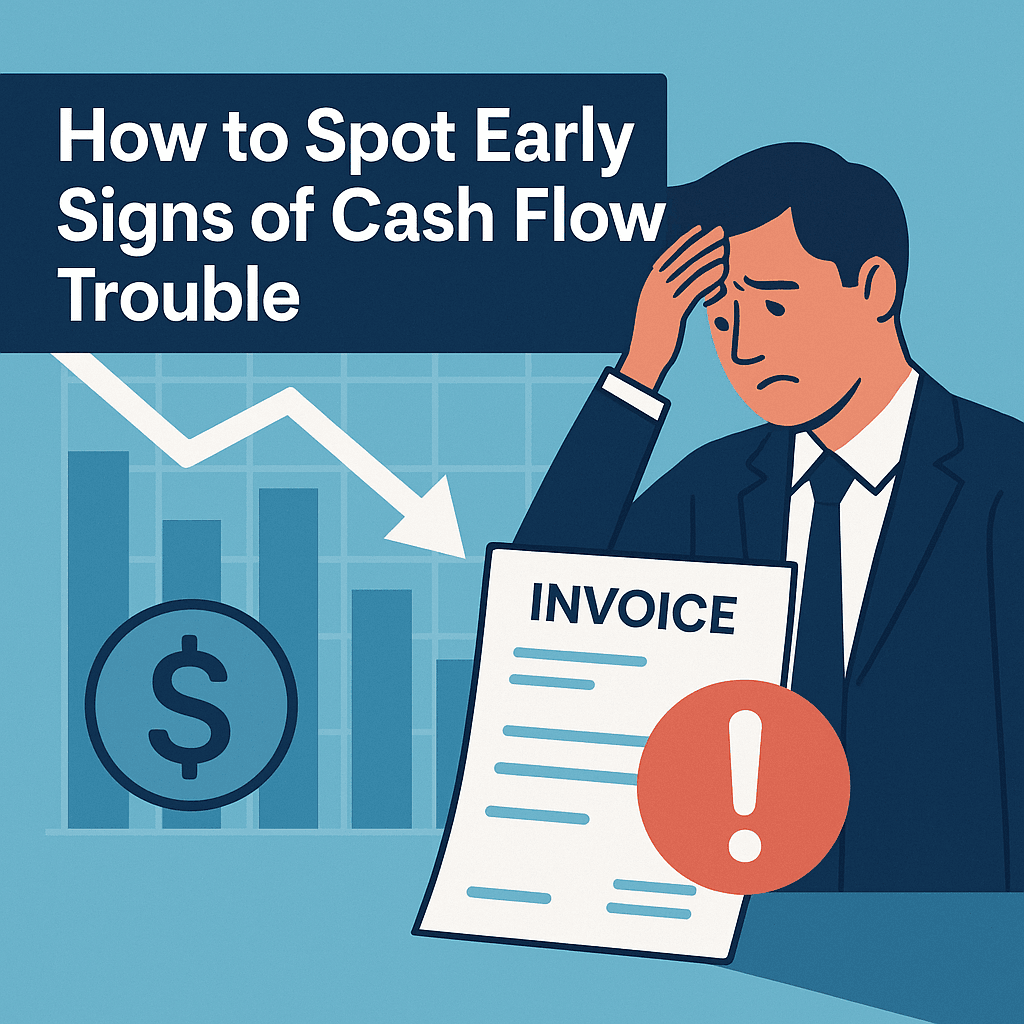For many business owners, year-end accounts can feel overwhelming. Deadlines, paperwork, and financial details all pile up, and without proper organisation, the process can quickly turn stressful. The good news is that with a clear plan and a structured checklist, filing your year-end accounts doesn’t have to be a daunting task. By preparing early and keeping everything in order, you can not only reduce stress but also ensure your accounts are accurate, compliant, and helpful for planning the future.
Why Year-End Accounts Matter
Year-end accounts provide a complete summary of your business’s financial activity over the past year. They’re more than just a compliance requirement—they show how well your business is performing, highlight areas for improvement, and give you insights into profitability and cash flow. Accurate accounts are essential for tax filing, attracting investors, and making sound business decisions.
The Year-End Accounts Checklist
1. Organise Financial Records
Start by gathering all invoices, receipts, and bank statements. Make sure you’ve accounted for every expense and source of income. Well-organised records make it easier to track down discrepancies and ensure that nothing is missed when preparing reports.
2. Reconcile Bank Accounts
Compare your accounting records with your bank statements to ensure they match. Any errors or missing transactions should be identified and corrected before you finalise your accounts.
3. Review Accounts Receivable and Payable
Check for unpaid invoices from clients and follow up where necessary. Likewise, confirm that you’ve settled outstanding bills with suppliers. This helps present a true picture of your financial position.
4. Check Payroll Records
Ensure all employee wages, PAYE, and National Insurance contributions are recorded correctly. Payroll is often scrutinised during audits, so accuracy here is crucial.
5. Account for Assets and Depreciation
Review your list of business assets—such as equipment, vehicles, or property—and ensure depreciation is applied correctly. This ensures your accounts reflect the current value of assets.
6. Review Stock and Inventory
If you hold stock, conduct a year-end count to confirm your records are accurate. Write off obsolete or damaged items to avoid inflating your profits.
7. Claim Allowable Expenses
Don’t miss out on legitimate deductions. Review all business expenses, including office supplies, travel costs, and utilities, to ensure you’re claiming everything you’re entitled to.
8. Prepare for Tax Liabilities
Use your draft accounts to estimate corporation tax (for limited companies) or income tax (for sole traders). Setting money aside now helps you avoid unpleasant surprises when the bill arrives.
9. Update and Backup Your Records
Make sure your bookkeeping software and digital records are up to date. Always back up important financial data in case of system failures or audits.
10. Seek Professional Advice
Working with an accountant can help ensure accuracy, highlight tax-saving opportunities, and give you confidence that your accounts meet legal requirements.
Benefits of Staying Organised
By following this checklist, you’ll:
- Reduce stress during filing season.
- Avoid costly mistakes or omissions.
- Gain a clearer understanding of your business’s financial health.
- Be better prepared for future growth and decision-making.
Final Thoughts
Year-end accounts don’t have to be a source of dread. With the right preparation and a clear checklist, you can make the process smooth, efficient, and stress-free. By keeping records up to date, reconciling accounts, and seeking professional support, you’ll not only stay compliant but also gain valuable insights that help drive your business forward.




